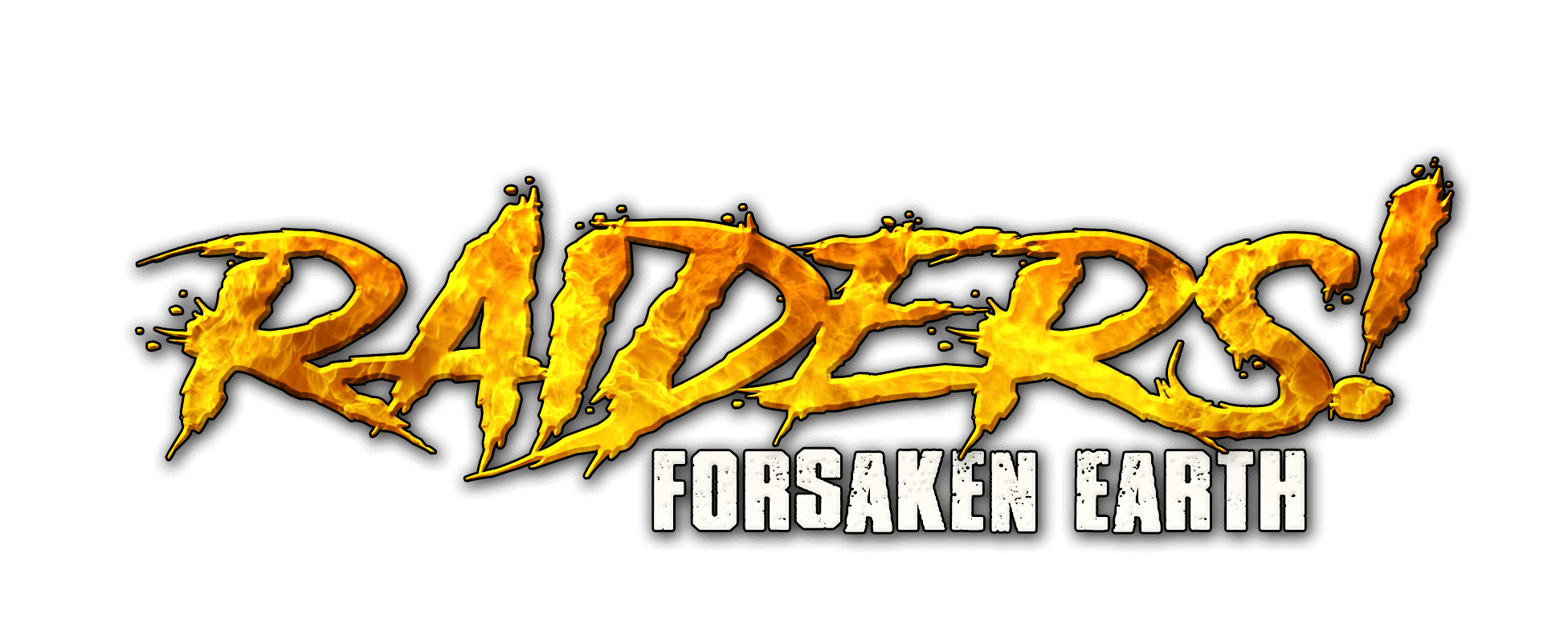Raiders! Forsaken Earth is a turn-based tactical RPG by Creative Storm Entertainment, focused on managing a raider band in a post-apocalyptic wasteland, where you slowly move up from raiding caravans to seizing settlements with the ultimate goal of either taking control of your corner of the wasteland or preparing for the eventual invasion from the New Governmental Authority that happens if you do not. The game features a combination of turn-based tactical combat, character building and customization, base building and defense, and overall resource management.
Overview
At the start of Raiders, you have recently emerged as the leader of a small band of said raiders, with a hideout, some resources, and some gear to your name. You are not yet infamous so settlements are still willing to trade with you and there are various resources you can scavenge from the wastes. This is not a trading game, however, and eventually you will be forced to perform the first step of Raider’s overall loop: attacking a caravan.
Attacking a caravan will allow you to accumulate resources: the meat and water needed to keep your squad alive, the beer to keep them happy, and the bullets needed to keep the guns running. They also can potentially carry trade goods or be escorting tradesmen (which provide faction buffs if you capture them) or hostages (which you can use to generate one of three resources). Every time you attack a caravan or other civilized folk, the amount of fear people have towards you and the overall level of wasteland vigilance increases. Fear is a currency which you can use to demand resources from locations without a fight where vigilance serves as a visible scaling mechanism; each time you reach a new vigilance level everyone you could potentially fight gets a little bit tougher.
As you continue to raid caravans you will eventually get strong enough that you can start attacking civilized settlements. Cities are a little bit too much at this point, but you can attack a resource generating settlement, and shift their resource generation to you. During this time you will continue to attack caravans until you build up the overall power level to attack settlements and, finally, The Citadel, the center of government in the region.
Characters have one of three classes: Hellion, Masochist, and Brutician. Hellions are DPS, with abilities that enable either as front line two handers or backline gunners. Masochists are tanks, with abilities built around allowing them to absorb tons of punishment, and generally just not die. Bruticians serve as self-healers and team buffers/debuffers. You are able to have up to eight people on your team in a battle, but this is influenced by what sort of weapons you have equipped; having insufficient ranged attackers will leave your back lines empty. If you have more than eight people in your squad then as people fall they will backfill, taking the spot of those that have been knocked out or killed.
Each character gets a collection of points for customization. Every character gets 2 points to be spent on perks (which cost between 2 and 8 points) and five points to spend on attributes every level (which cost between 1 and 10 points). This theoretically gives you a lot of options, but in reality there are only a few builds that are truly functional and strong. Perks vary wildly in overall strength, making the choice of which to take on any given level relatively easy, and attributes tend to be assigned in one of two possible ways depending on if you are a masochist or a hellion. If you are a brutician you are less pigeonholed but also less necessary. The character’s buffs and debuffs work best if you are running large numbers of bruticians, but you are largely better off just running an army of hellions with a single masochist for tanking instead.
There is a resource system, where various towns produce resources which can be fed into buildings to produce more finished goods that can be used for crafting.There does not seem to be a huge reason to craft most things, however, as there is usually plenty of loot to be had and if you need something you can frequently get away with just buying it. If you happen to have the resources it doesn’t hurt to do so, but developing crafting capabilities takes time and resources that are probably best used on something else.
Combat is turn based, with an initiative system that determines order at the start of the battle. Characters have a menu of options based on the combination of their gear and traits and most every character has a wide variety of potential choices on each of their turns. These are mostly the sorts of things you would expect for a turn based game, with ranged attacks, status effects, area of effects, status buffs and self-healing. One item that is a bit different is the stamina system which requires characters to periodically skip a turn in order to fill it up to full. There are a menu of perks and other options around this and while I would not go so far as to say that this elevates the combat system it does add a bit of spice and tension to battles.
Limitations and Failures
As noted above, perk balance is pretty hit or miss. For some classes and some perk costs there are multiple good choices and it is a tough choice, but for the bulk there isn’t and it feels like the game perhaps would have been better off without the perk system, and instead a wider variety of classes without a choice of abilities.
Similarly, there seem to really only be two good profiles for attributes. For your Masochist tanks, attacking is largely pointless. Everything you want to do either doesn’t require a to hit roll, or isn’t even involved in attacking. Surviving is the most important thing, and you are mostly just going to be raising their armor with perhaps a few points into initiative or hit points. On the other side you have your damage-based characters, who are almost exclusively going to be hellions. For them being able to hit and then damage is important, so all your points should be going into hit chance and then some combination of damaging capabilities. Theoretically you would want to have some level of defensive capabilities on front liners, but the taunt ability, which will be your first move for your masochist tank every battle, ensures that only one of your eight enemies will be attacking anyone but the masochist.
This leaves the brutician, who has some cool abilities but largely feels irrelevant. Their defensive abilities and self-healing theoretically means you could make them a tank, but the masochist does a good enough job of this that there really is no point in having a brutician in this role. There are some massed party buffs and enemy debuffs that could theoretically make it worth it for the rest of the party to be made up of them rather than hellions, but they just aren’t impactful enough to make it worthwhile. I could see a use for the brutician if their healing affected anyone else besides themselves, but it does not, and they end up as an orphan class, interesting if you want to try an off the wall build, not actually good.
There are extraneous systems that have such a small impact that it is unclear why they are even included. There are injuries and illnesses that can be acquired that have such a small impact that it is easy to come to the conclusion that there is literally no reason at all to pay attention to them. This is loose and disappointing in it’s looseness. This could have been an interesting system of risk mitigation and management, giving you a reason to rotate raiders in and out as they are recovering, but instead it is just irrelevant.
I could continue on in this vein for pretty much every aspect of the game. Raider’s design feels close to great in so many areas that its failure to reach it feels very disappointing, and something that caused my opinion of the game to decline throughout my play of the game until I reached the end game and found that to be just as loose as everything else.
Achievements
The art direction and interface is smooth and well designed. It took very little work to figure out what was going on and how everything fit together, and some things, like the treasure room do a good job of conveying the setting while also presenting useful information.
I also really liked the weapon leveling system once I discovered it existed. It would have been cool if there was some differentiation in how weapons levelled up and what sort of capabilities they granted, but even as it existed it was pretty cool and I quite liked the bit of flavor that it added to the game.
Combat is fun and is tense, even within the narrow range of compositions not under Limitations. Attacking settlements, in particular, is challenging, and seeing whether your siege weapons or WMDs have enough of an impact to enable you to fight through a veritable army of enemies is exciting as you try desperately to keep your masochist alive as your hellions cut through the enemy.
Conclusion
Raiders is so close to being good. Playing it is pleasant, and I enjoyed figuring out the systems that mattered, but everything feels partially baked. With a tighter development process or a better playtesting team it could have actually reached greatness, but instead, it is just disappointing. I can recommend it, but only just barely. It is a pleasent enough ride it just could have been so much more.







